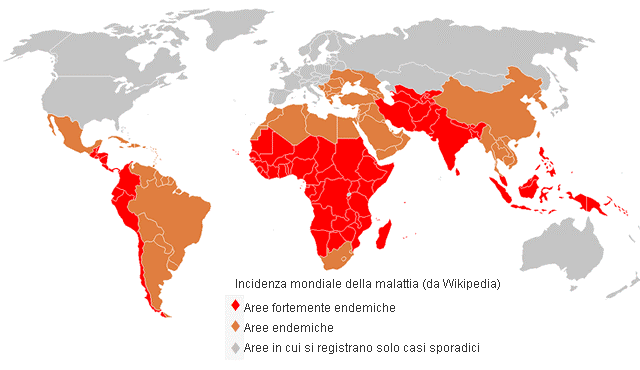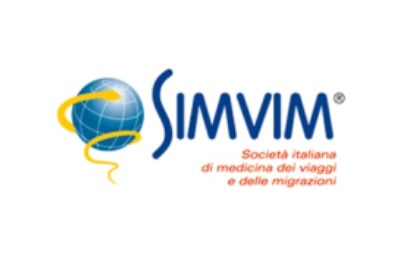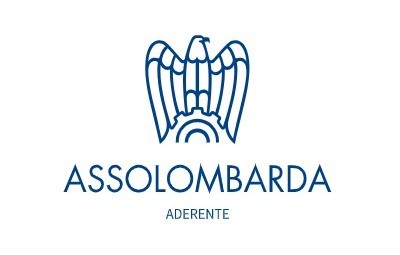Typhoid fever
Typhoid fever, also known as typhoid, is an infectious disease of bacterial origin.
It is present almost all over the world, and can be found in Latin America, Africa, the Middle East, South and Southeast Asia, Eastern Europe, and Oceania. It is a highly contagious disease that affects the entire organism.
CAUSES
Typhoid is caused by the bacterium Salmonella Typhi, which belongs to the genus Salmonella. S. paratyphi A and S. paratyphi B, which are responsible for minor salmonellae or foodborne infections, are also part of the same family.
These bacteria reproduce very rapidly inside the intestine, then spread into the bloodstream where they trigger the initial symptoms. Without prompt treatment, the bacteria can reproduce in other parts of the body, causing far more serious symptoms and complications for the infected patient.
TRANSMISSION
The disease is transmitted via the faecal-oral route. This means it can be spread by ingesting food or drink that is contaminated with Salmonellae, which are highly resistant, especially in organic materials such as sewage or mud, where they can survive for months.
Flies can be a passive vector of pathogenic germs, but the only carrier and source of infection are humans who have already contracted typhoid fever.
GEOGRAPHICAL DISTRIBUTION
The worldwide risk of typhoid fever is particularly high in the developing areas of Africa, the Americas and Southeast Asia, where the disease is a serious public health problem. WHO estimates that there are 11-20 million cases of typhoid fever per year, 128,000-161,000 of which are fatal.
In some countries, poor sanitation, malfunctioning sewage systems, and difficult access to potable water, are among the main causes of infection. Climate change and the rise of urbanisation are also factors that could potentially increase the incidence of typhoid fever epidemics.
The countries with the highest number of typhoid fever cases are: China, India, Laos, Nepal, Indonesia, Bangladesh, Pakistan, and Vietnam.

SYMPTOMS
Typhoid fever is a systemic disease. It is characterised by an incubation period of 1 to 2 weeks (but can even be up to 3 months), which then causes a rise in body temperature of between 39 to 40 degrees.
At times, the fever may be lower in the morning and can last for about a week. This period is followed by inflammation of the bowel and increasingly severe abdominal pain.
Other symptoms that can occur include:
- Weakness
- Cough
- Enlarged spleen
- Enlarged liver
- Abdominal pain
- Headache
- Weight loss
- The disease may also present with: diarrhoea and intestinal bleeding or perforation.
Since the use of antibiotics was introduced, mortality is increasingly rare and usually related to other underlying conditions.
DIAGNOSIS
A blood sample or stool culture is used to confirm diagnosis. Affected patients are considered “infected” as long as the bacteria is present in their faeces. This period starts from the first week and varies for the entire duration of the disease. 2-5% of patients become chronic, healthy, carriers.
TREATMENT
Typhoid is treated with antibiotic treatment (Quinolone is very effective), which can reduce the course of the illness to a few days. In parallel, treatment also involves rehydrating the patient by administering an alternating course of saline and sugar solutions.
PREVENTION
Like all transmissible faecal-oral diseases, access to safe water and adequate sanitation, appropriate food storage and handling procedures, and the safe disposal of solid and liquid waste, both on a personal and community level, are essential for helping to prevent the disease.
Although salmonellae are highly resistant to the external environment, they are still sensitive to the action of common disinfectants. A quick and easy solution that can be used to disinfect the home is diluting a tablespoon of bleach in a litre of water. This solution can be used to disinfect kitchen utensils, such as cutlery or dishes, but it is also good for fruits and vegetables that will be eaten raw, however, after using the solution, they must be rinsed again with potable water.
Several vaccines are commercially available for typhoid fever:
- Injectable vaccine: single dose intramuscular injection. Booster every 2-3 years
- Oral vaccine: 3 doses to be taken every other day, on an empty stomach. Not recommended for children under 2 years of age. Cannot be taken during antibiotic or antimalarial treatment. Booster shots are carried out a minimum of one year apart
- Vaccines containing polysaccharide antigens: single dose intramuscular injection. Booster every 2-3 years
The vaccine provides 75% to 90% protection, and has a shelf life of approx. 2-3 years. Vaccination is recommended during an epidemic; in individuals who are traveling to countries where typhoid fever is particularly prevalent, or people working in close contact with infectious agents.
Side effects to the typhoid fever vaccine are very rare, but there is a small possibility of: redness, pain or swelling at the injection site. In more rare situations, fever, migraine, or nausea may occur.
Vaccination is not advised for children under 2 years of age and should not be given during antibiotic or antimalarial treatment.





